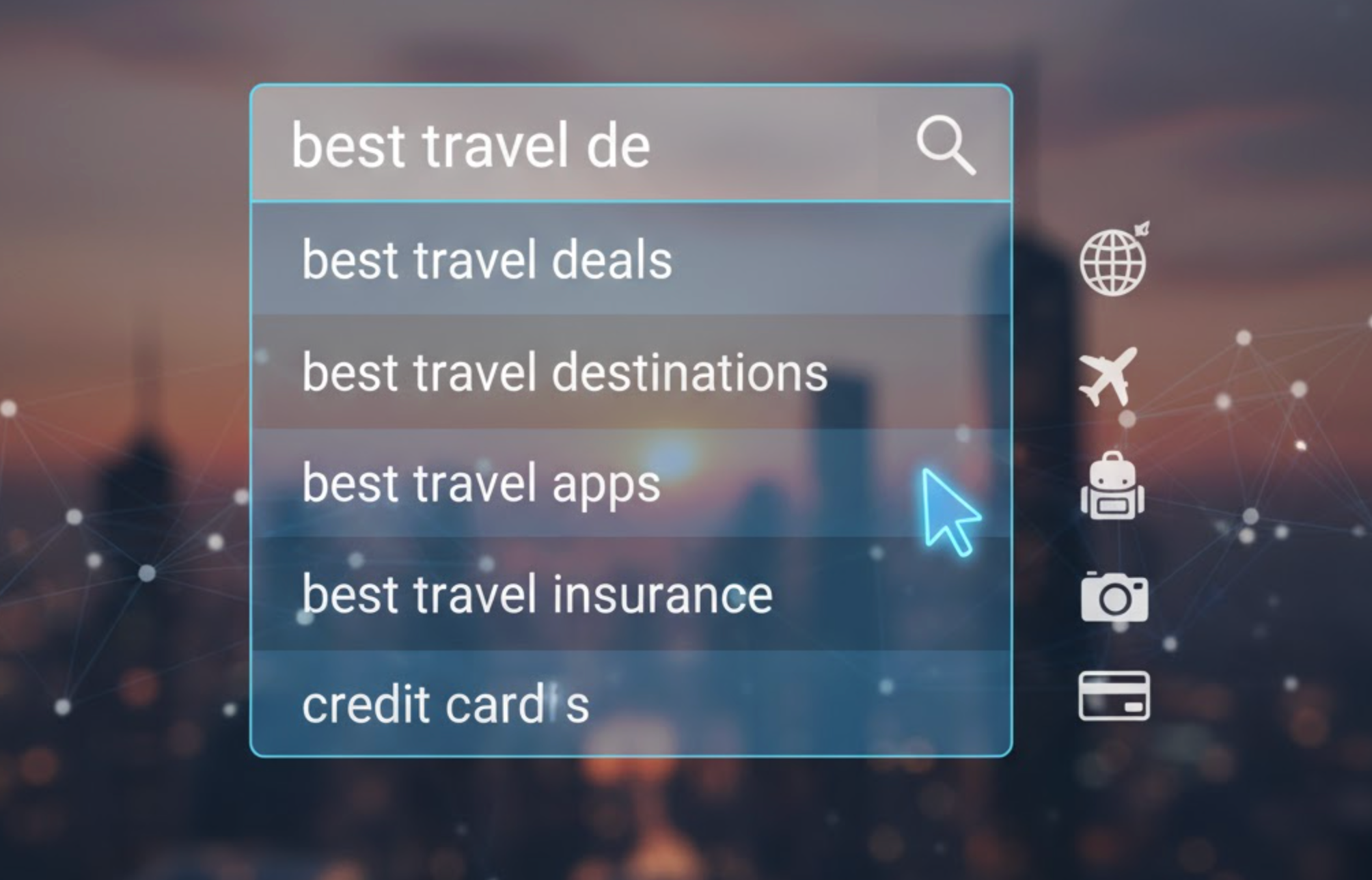
A search bar might seem like a small element on your eCommerce website, but it plays a massive role in improving user experience and driving sales. When shoppers know exactly what they’re looking for, the search bar becomes their fastest route to purchase. Designing it thoughtfully can mean the difference between a quick sale and a frustrated visitor who leaves your site. Let’s explore how to design a smart search bar that truly boosts conversions.
A smart search bar does more than just help users locate products. It acts as a virtual shopping assistant, guiding visitors toward what they need while predicting intent based on behavior and context. Instead of browsing through endless categories, shoppers can instantly type or speak what they want and see highly relevant results in seconds. This speed and accuracy make the search bar one of the most valuable tools for improving customer satisfaction and driving sales.
When done right, an intelligent search design:
A high-performing search bar combines intuitive design, advanced algorithms, and user-centric features. Here’s what to include:
Make sure your search bar is easy to spot, ideally at the top center or top-right corner of every page. On mobile, keep it visible in the header or accessible through a clearly marked icon. A visible search bar encourages shoppers to use it instead of scrolling endlessly through categories.

Autocomplete helps users find what they want faster by predicting queries as they type. Even better, it reduces spelling errors and confusion.
Pro tip: Include product thumbnails and categories in your suggestions (e.g., “Nike running shoes – Men’s Collection”) to guide users visually and improve engagement.
Once results appear, let users refine them with filters such as price, color, size, or brand. These tools prevent frustration and improve product relevance. A well-designed filtering panel can dramatically improve conversion rates by helping users find the right product, not just any product.

Your search bar should recognize and correct typos, plural forms, and variations (e.g., “tshirt” vs. “t-shirt”). Shoppers won’t always spell perfectly, so your system should understand their intent to avoid dead ends.
A smart search system should recognize synonyms and related terms. For example, a search for “sofa” should also show “couches” and “loveseats.” This ensures your products appear no matter what words customers use.
Display recent searches for returning visitors and popular searches for newcomers. It helps users resume their journey easily and encourages exploration of trending or seasonal products.
AI-driven search learns from user behavior to show more relevant results over time. By analyzing past interactions, it can recommend products shoppers are most likely to buy, creating a seamless and personalized shopping experience.
A search bar should always be within reach. Adding a sticky search bar that stays visible as users scroll makes navigation effortless and keeps them engaged throughout their browsing journey. This is particularly effective for mobile users who may not want to scroll back to the top of the page.
Best practices:
The placeholder text in your search bar can subtly encourage users to take action. Instead of generic “Search,” use phrases that feel conversational and helpful, prompting users to think about what they need.
Examples:
Tips to optimize:

Voice search is becoming increasingly popular with mobile and smart device users. Integrating a microphone icon allows shoppers to search hands-free, making the experience faster and more inclusive for all types of users.
Why it matters:
Design tips:
The magnifying glass icon is universally recognized as a search symbol, but it still needs to be noticeable. Give it prominence through color contrast, size, or subtle animation to draw users’ attention.
Implementation tips:
Your search results page is the moment of truth. If it’s cluttered or irrelevant, users leave quickly. A clean, well-structured results page can make product discovery intuitive and enjoyable, directly impacting conversions.
Elements to include:
Monitor what users are searching for and which queries return no results. These insights can help you:
You can also integrate tools like Searchanise, Boost AI Search & Discovery, or Smart Search & Filter by Globo on Shopify to enhance search capabilities and track performance easily.
A smart search bar isn’t just a navigation feature, but it’s a conversion engine. By combining thoughtful design, predictive intelligence, and personalized recommendations, you make it easier for shoppers to find and buy what they want. In the fast-paced world of eCommerce, every second counts, and a well-optimized search bar ensures those seconds lead to more sales, not lost customers.